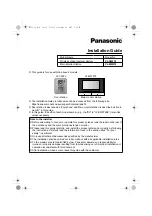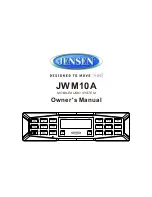
©
National Instruments Corporation
1-1
Chapter
1
Introduction
This chapter describes the DAQPad-6507 and DAQPad-6508; lists what
you need to get started; describes software programming choices, optional
equipment, and custom cables; and explains how to unpack the
DAQPad-6507 and DAQPad-6508.
About the DAQPad-6507 and DAQPad-6508 Devices
Thank you for purchasing the National Instruments DAQPad-6507 or
DAQPad-6508. Your DAQPad device is a 96-bit, parallel, digital I/O
interface for computers with USB ports. Four 82C55A programmable
peripheral interface (PPI) chips control the 96 bits of digital I/O. The
82C55A can operate in either a unidirectional or bidirectional mode and
can generate interrupt requests to the host computer. You can program
the 82C55A for almost any 8-bit or 16-bit digital I/O application. All
communication is through a standard, 100-pin, female connector for the
DAQPad-6508 or 100-screw terminals with a strain-relief clamp for the
DAQPad-6507.
Your DAQPad device has a wide input voltage range, and can be powered
from any 9 to 30 VDC power supply.
You can use your DAQPad device in a wide range of digital I/O
applications. With the DAQPad-6507 and DAQPad-6508 devices, you can
interface any PC to any of the following:
•
Other computers:
–
Another PC with a National Instruments PC-DIO-96/PnP,
PC-DIO-24/PnP, AT-DIO-32F, DAQPad-6507, or DAQPad-6508
–
Any other computer with an 8-bit or 16-bit parallel interface
•
Centronics-compatible printers and plotters
•
Panel meters
•
Instruments and test equipment with BCD readouts and/or controls
•
Optically isolated, solid-state relays and I/O module mounting racks












































